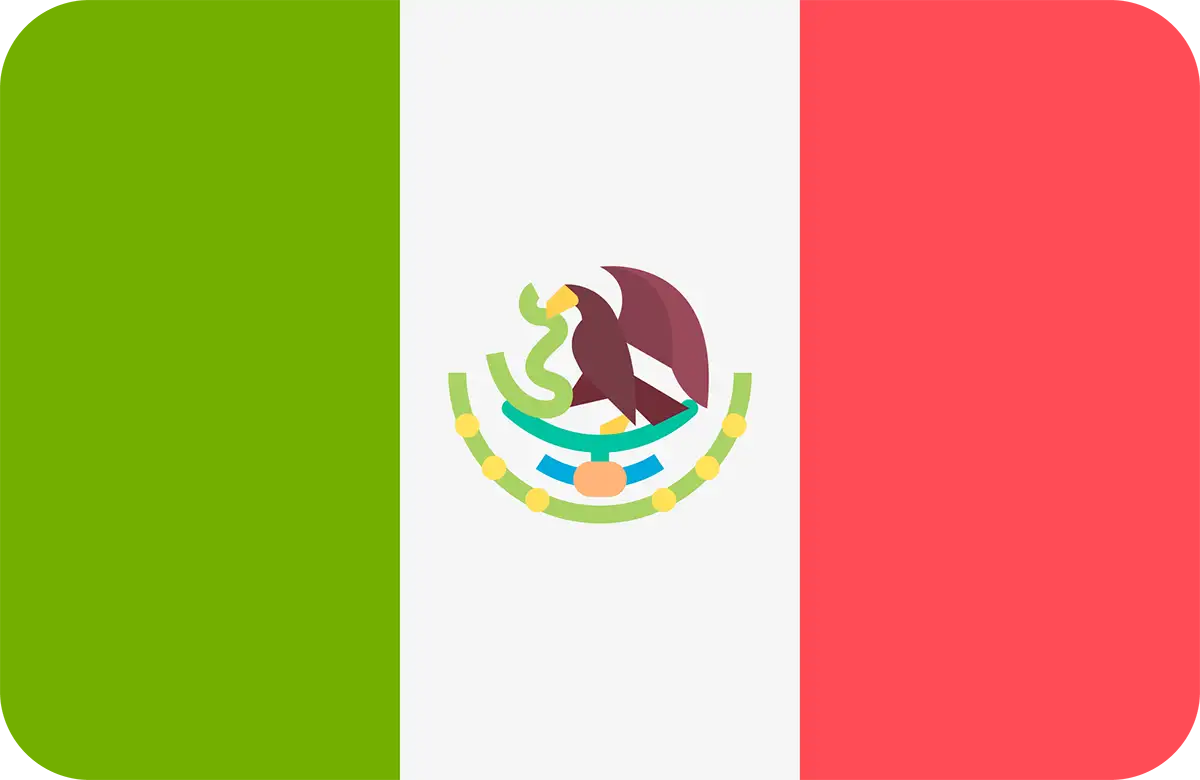[Read more...]
Subscribe to Our Newsletter
"*" indicates required fields
Contact Us
KrabbeConnect
P.O. Box 264
Rosemount, MN 55068-0264
(800) 800-5509 toll-free
Info@KrabbeConnect.org
OUR VISION
A day in which each patient receives an early diagnosis, has access to state-of-the-art care, and lives a life free of Krabbe disease.


